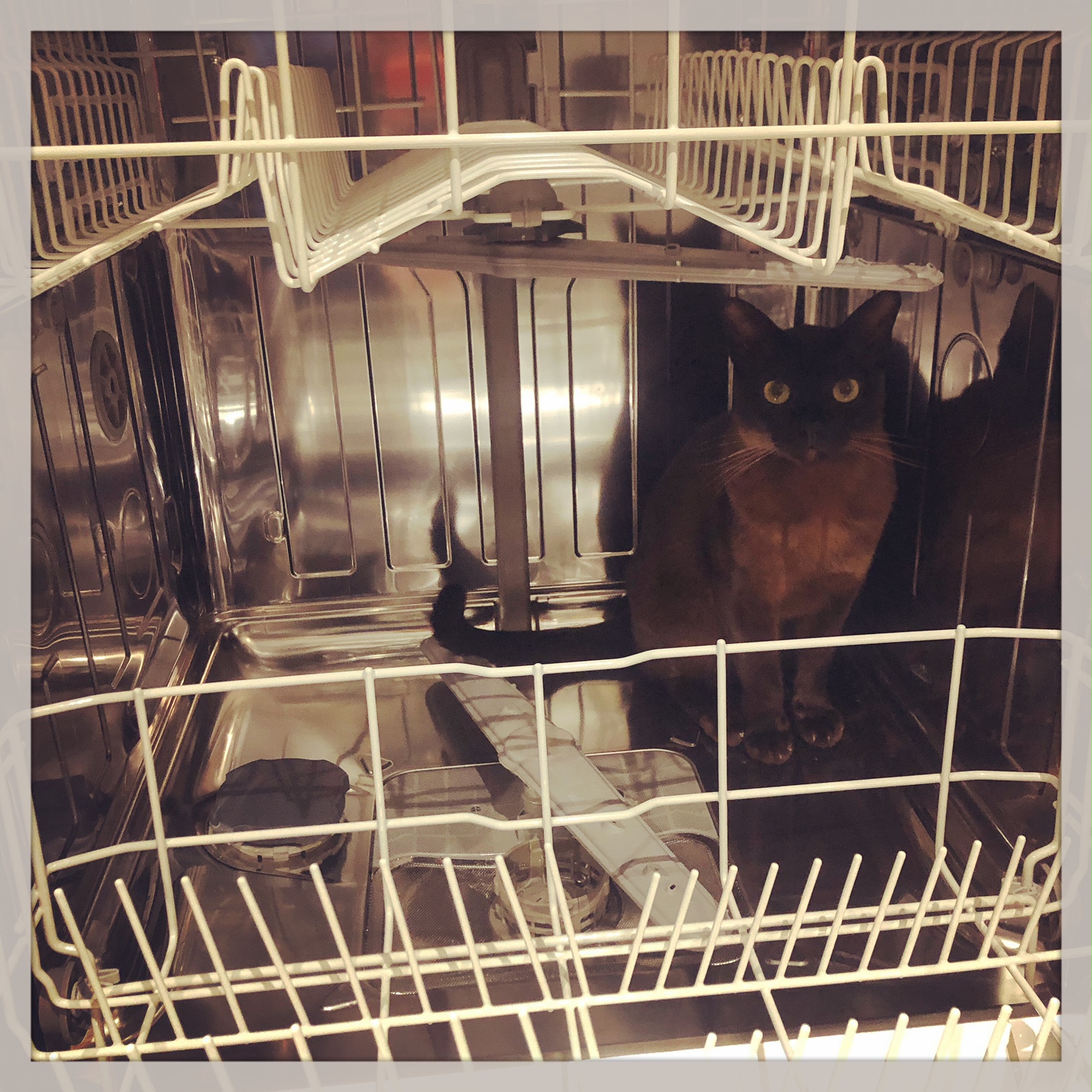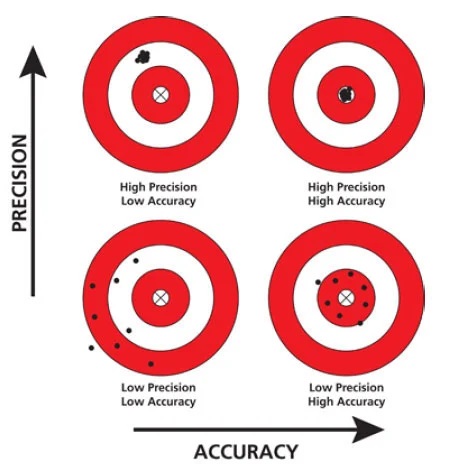|
Field CdA Testing
I am not an especially powerful cyclist. In order to improve my time trialling (and the cycling leg of duathlon) I have tried to improve my aerodynamics, and maximise my potential. Of course, I am not alone in this ambition, but rather than relying purely on marketing claims and hearsay I have recruited a bit of empiricism to support my approach. With a bit of care, and some understanding of the principles, it is easy enough to perform meaningful testing of position and kit. I have essentially followed the classic method for estimating CdA with a power meter, presented below in my own words.
The cat we like to call Dr Robert Chung - seen here in the dishwasher.
and...
|
|
Aside: Why do I keep putting quotes around 'accurate' and 'precise'? These words have very specific scientific meanings, in short: 'Accurate' means the result is close to the absolute true value. 'Precise' means the result is repeatable. A result can be one, both, or neither of these things. Ideally we'd be able to measure 'accurately' and 'precisely', in order to calculate results as close to the true absolute value as possible with a high degree of repeatability.
|
|
Often, in field aero testing, the best we can achieve is 'precision'. Unfortunately in the real world there are a variety of other factors: wind speed & direction, passing vehicles, and even the variation of molecules making up the air (a gas coefficient, taking into account the relative humidity of the air, is used in the calculation of density from pressure and temperature). Plus you also have to consider the effect of accelerating and decelerating on the equation.
|
|
Aside: Why ride to a target speed and not a target power? Well, drag is proportional to speed squared... so drag itself actually increases as you ride faster. Of course, CdA remains (almost) constant to account for this. However, at different speeds the yaw angle (your effective angle of attack through the air) defined by any degree of cross wind will change. A constant speed helps to reduce variations in yaw angle between test runs. Also you won't have to calculate for any acceleration.
|
|
Once I'm done I'll use all the data from each test run (mostly plucked off Strava for the segments I have previously created along my course) to calculate a relative CdA. I actually wrote my own calculator to do this www.bikeaerodata.com (because I'm really quite dull, and I wanted to understand the maths), but this is where those other online tools can be of use (and will likely be more 'accurate' unless your data collection is very good, but I'm more interested in 'precision' than 'accuracy'...). I usually average the out-and-back elements across all runs for each test scenario and then examine whether there is a difference. Sometimes for a special treat I'll check if the difference is statistically significant. |
|
Aside: Measuring power introduces another couple of variables: Firstly, the 'accuracy' and 'precision' of the power meter from run to run. Secondly, the type of power meter and drive train efficiency. If you have a pedal based meter you can anticipate a percentage loss as those forces work their way to the rear wheel. The loss could be measured with a second ('accurate' and 'precise') wheel based power meter; for a more practical approach just keep your machine and chain well maintained in order to keep this factor constant.
|
|
I haven't really mentioned rolling resistance at all, but that's because I generally stick with the same tyres and pressure... and typically you can look up accurate values for most tyres. Plus I'm riding the same surface for each test run. I guess you could actually use the method described above to perform a relative analysis of rolling resistance between two different tyre combos by running tests with all other variables kept constant. I haven't bothered - I just buy the most expensive ones!
|

